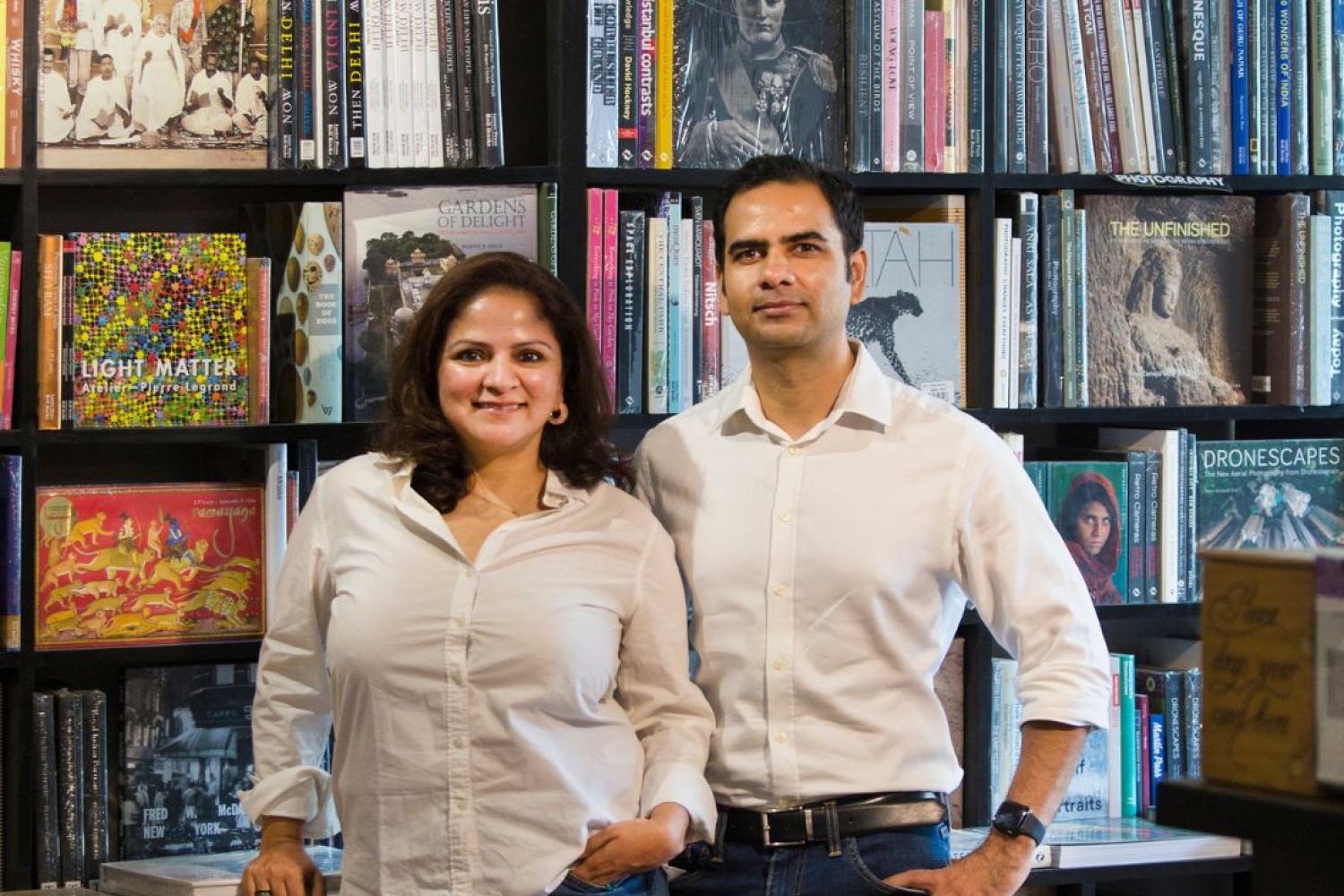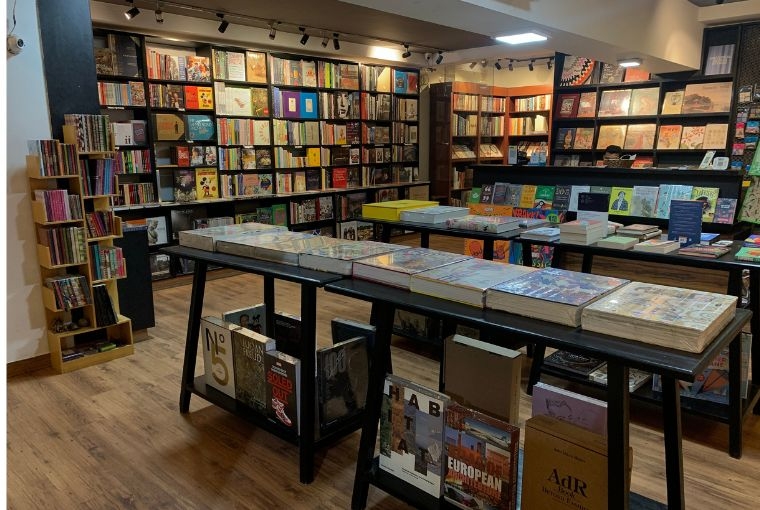

In 1978, Pramod Kapoor founded Roli Books in the capital city, making it the first publishing house in India to produce colored children's books. Roli's vision was to address the gap in scholarly books by introducing cutting-edge visuals and design to the Indian market. Today, Managing Director Kapil Kapoor and Editorial Director Priya Kapoor uphold its 45-year legacy, leading as market leaders in art and illustrated books in India. In this conversation, they share insights into the publishing industry and discuss their vision for the present and future.
After 45 years of its establishment, what is Roli's vision towards the kind of books it wants to bring to the table?
Roli publishes illustrated books, non-fiction and a few fiction titles. We are known for quality, interesting subjects, giving first-time writers a chance and our international presence. In our 45th year, we are confident that art and illustrated books have a great and thriving future in India. As buying power increases and there is a real hunger and interest for well-produced books on Indian themes, our books are the obvious go-to. We have seen the audience for such books grow exponentially in the past few years and this has propelled us to put more resources towards further growing our art and illustrated book list. This year we have announced an ambitious series called the Essential Cookbook Library under which we will publish a comprehensive 500-page cook book with 500 recipes on each state of the country as well as a large book on maps that made India – truly a collector’s item. In our 45th year, we continue to be independent and publish books that are relevant, eclectic, well designed and add to the understanding of this incredible country.
What recent trends have you noticed in publishing?
We publish illustrated books that are considered high-priced. Interestingly, recent trends show that there is an increased demand for large-size, top-quality, high-end, luxury books. While non-illustrated books remain extremely price sensitive – the other end of the segment is growing rapidly where price is not a limit for quality.
Cookbooks, especially regional ones, and those with an additional layer of a story are also very popular. Narrative non-fiction continues to be extremely popular with Indian readers.

What do you think are some of the strengths and limitations of the Indian publishing industry?
Limitations are that the market size of people buying books for pleasure is tiny. The market needs to grow. Indian publishing is dominated by academic content. Strengths are regional languages and the robust publishing that happens in every language. We have a tradition of storytelling and that will continue to thrive so as long as we have writers and readers.
In recent years, we have also seen a major shift in technology. How do you think technology has affected our reading habits?
Technology has been the single greatest disruptor to many industries in the past few decades. While publishing has been slow to take to it at times, there is no question that technology continues to play an important part in everything we do. From the way we write to how we market our books – there is not a single part of the book publishing process that is not touched by technology. And now with AI becoming ubiquitous, we will have to adapt and learn how to use it to our advantage. We do not view technology as a challenge or competition to reading – as publishers it is our responsibility to make sure our books are available across platforms and that we use every media and avenue available to connect our readers with stories, books and authors.
Words Paridhi Badgotri
Date 15.11.2023